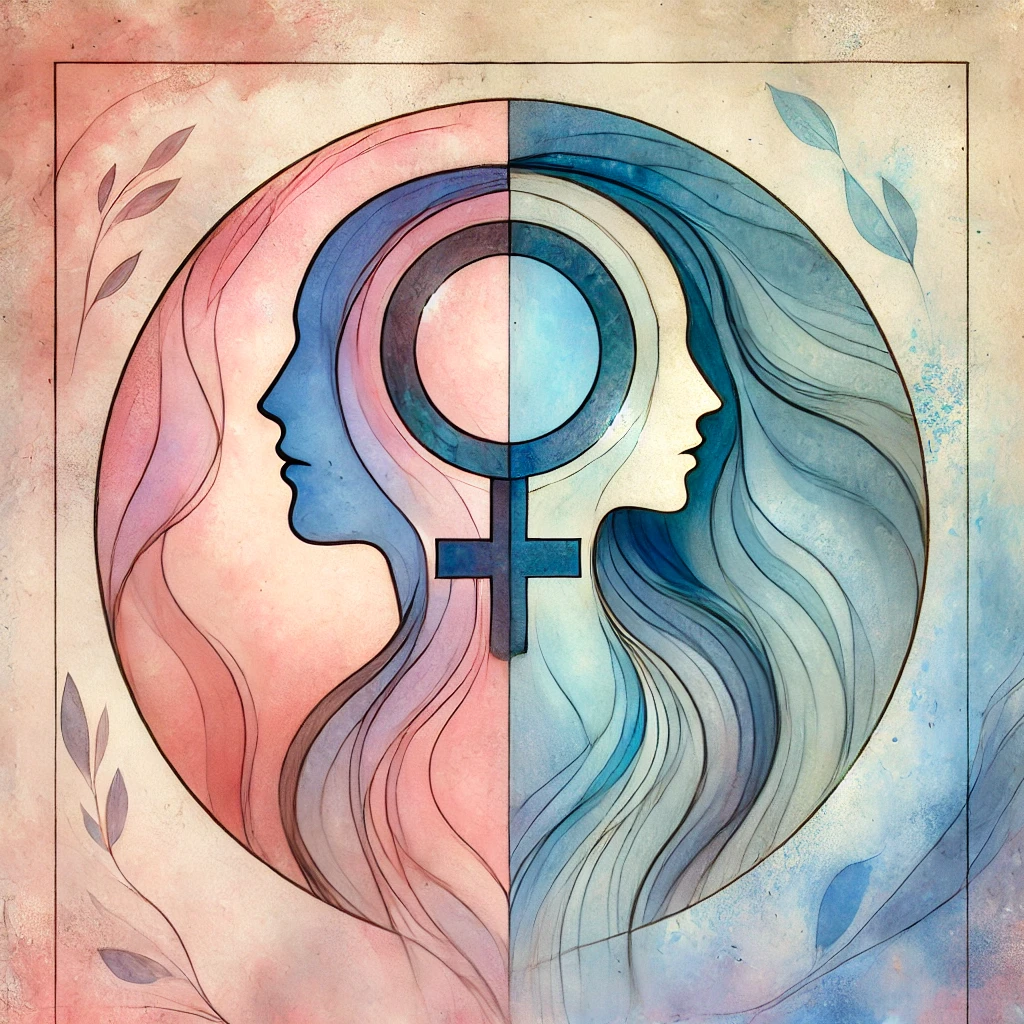The Archegram is a dynamic model that illustrates the complexities of human development through a series of archetypes, each with its own unique characteristics and evolutionary paths. A crucial aspect of understanding these archetypes is recognizing the dual nature of each—specifically, the masculine and feminine phases that exist within every archetype. This duality reflects the balance of energies and traits that contribute to our growth and self-realization.
Understanding Masculine and Feminine Energies
In the context of the Archegram, masculine and feminine phases are not strictly about gender. Instead, they represent different types of energy and approaches to life that can be embodied by anyone, regardless of their gender.
– Masculine Energy: This phase is often characterized by qualities such as assertiveness, logic, action, and structure. It’s the energy that drives forward momentum, encourages setting boundaries, and focuses on achieving goals. In its balanced form, masculine energy is decisive, protective, and purposeful.
– Feminine Energy: On the other hand, feminine energy is typically associated with receptivity, intuition, nurturing, and fluidity. It is the energy of being rather than doing, allowing for emotional expression, compassion, and deep connection. When balanced, feminine energy is nurturing, empathetic, and adaptive.
Both energies are essential, and the interplay between them shapes how we engage with the world and ourselves.
The Dual Nature of Archetypes
Each archetype within the Archegram contains both masculine and feminine aspects, which together create a holistic and dynamic experience. This duality is crucial in balancing our personal development and achieving a well-rounded state of being. Let’s explore how these phases manifest within the primary archetypes of the Archegram.
#1. Warrior-Submissive Archetype
– Masculine Phase: The masculine aspect of the Warrior-Submissive archetype is characterized by courage, determination, and a strong sense of duty. This phase is about taking action, protecting oneself and others, and asserting one’s will. It’s the part of us that rises to challenges and confronts fears head-on.
– Feminine Phase: The feminine side of this archetype embraces surrender, trust, and adaptability. It’s about understanding when to yield, allowing things to unfold naturally, and recognizing the strength in vulnerability. This phase teaches the wisdom of knowing when to let go and flow with life’s currents.
#2. Prince-Princess Archetype
– Masculine Phase: In the Prince-Princess archetype, the masculine energy is expressed through leadership, responsibility, and the pursuit of purpose. It’s about taking charge in a way that serves others, embodying noble qualities like honor, integrity, and authority. This phase encourages selfless dedication to a cause greater than oneself.
– Feminine Phase: The feminine aspect here is about compassion, empathy, and nurturing leadership. It’s the energy that brings people together, fostering connection and community. This phase focuses on understanding the emotional needs of others and leading with a heart-centered approach.
#3. Baby-Inner Child Archetype
– Masculine Phase: The masculine phase in the Baby-Inner Child archetype represents the protector of innocence, setting boundaries, and ensuring safety. It’s the part of us that seeks to create a secure environment where our inner child can explore and express freely without fear.
– Feminine Phase: The feminine energy of this archetype is all about playfulness, creativity, and emotional openness. It embraces the purity of the inner child, encouraging exploration, wonder, and the free expression of feelings. This phase allows us to connect deeply with our emotions and the joy of simply being.
The Importance of Balancing Masculine and Feminine Energies
Achieving balance between the masculine and feminine phases within each archetype is essential for personal growth and harmony. When these energies are aligned, they complement each other, creating a dynamic and resilient approach to life. For example, a balanced Warrior-Submissive archetype knows when to stand firm and when to surrender; a balanced Prince-Princess archetype leads with both strength and compassion; and a balanced Baby-Inner Child archetype maintains a safe space for innocence while fostering emotional openness.
However, when these energies are out of balance—when one dominates or is suppressed—difficulties can arise. Overemphasizing masculine energy may lead to rigidity, aggression, or burnout, while an overemphasis on feminine energy can result in passivity, lack of direction, or emotional overwhelm.
Integrating the Duality
The journey of self-development through the Archegram involves integrating both masculine and feminine phases in a way that serves our higher purpose. This integration allows us to harness the strengths of both energies, creating a harmonious inner world that reflects in our outer actions and relationships.
By understanding and working with the duality within each archetype, we gain a deeper awareness of ourselves and our potential. This understanding empowers us to navigate life with greater wisdom, adaptability, and balance, ultimately leading us to a more fulfilled and enlightened existence.
Conclusion
The Archegram’s exploration of masculine and feminine phases within each archetype offers profound insights into the complexities of human development. Recognizing and balancing these energies is key to achieving personal harmony and spiritual growth. As we embrace the duality within, we move closer to realizing our full potential, becoming more resilient, compassionate, and wise in our journey through life.

